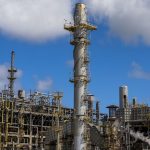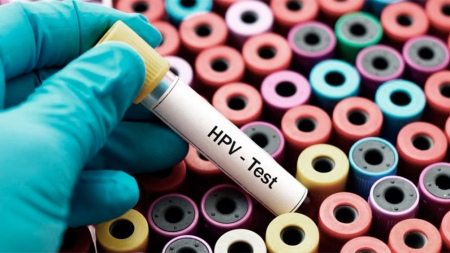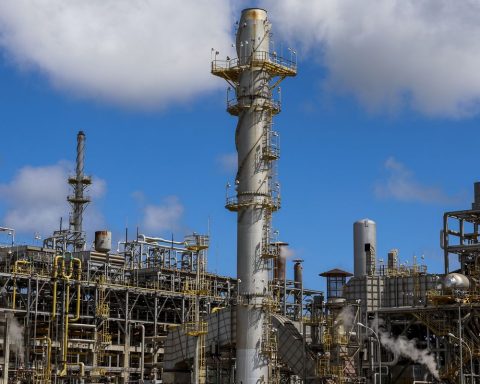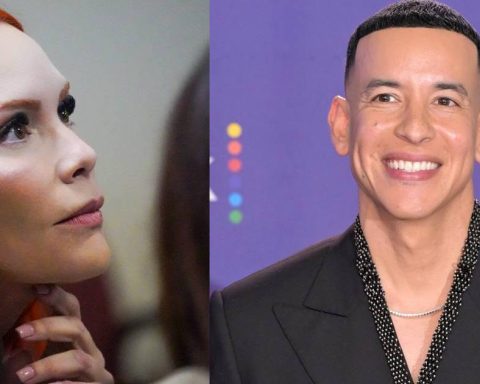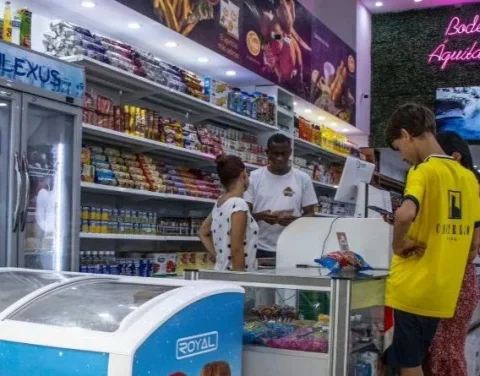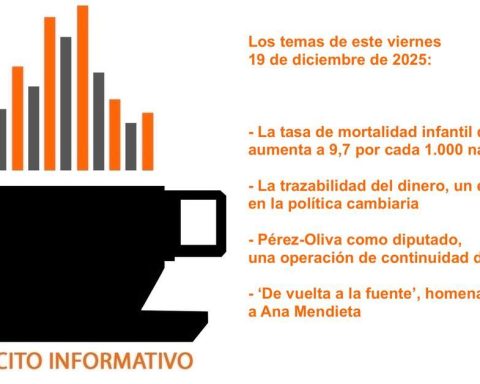November 29, 2022, 10:30 PM
November 29, 2022, 10:30 PM
Mauna Loa, the world’s largest active volcano, is erupting for the first time since 1984.
Lava flows down the side of the volcano at a temperature of 1,000°Cbut experts say that this still does not pose a great threat to the local inhabitants.
How big is Mauna Loa?
Mauna Loa, which means “long mountain” in Hawaiian, is the largest active volcano in the world.
It covers 2,035 square miles (5,271 square kilometers) and is one of a chain of five volcanoes that make up the Big Island of Hawaii.
East only volcano occupies half of the entire island.
Mauna Loa’s summit is 4,170 meters above sea level, but its base is at the bottom of the sea.
From there to the top there are 9,170 meters, which makes it higher than Mount Everest.
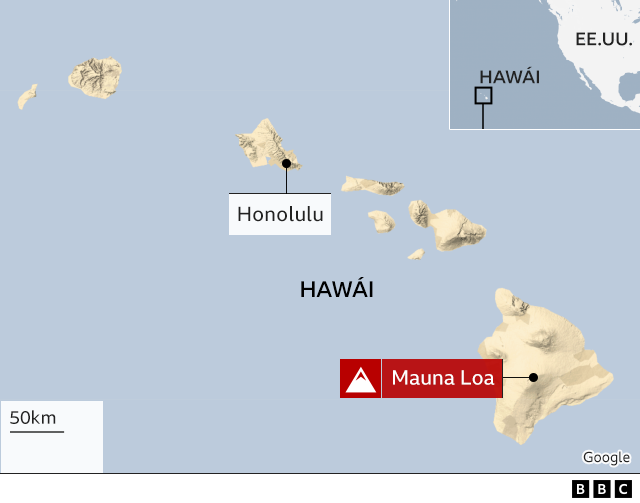
Why is Mauna Loa erupting?
Columns of extremely hot material called magma they have been erupting beneath Mauna Loa and neighboring volcanoes from a “hot spot” deep within the Earth.
“No one knows exactly why this hot spot exists,” says Carmen Solana, a volcanologist at the University of Portsmouth in the UK, “but it may be caused by the decay of radioactive material within the Earth’s mantle.”
“These magma columns formed the entirety of the Hawaiian Islands,” he adds.
As Solana explains, when Mauna Loa erupts, magma first erupts in the caldera, the bowl-shaped pit at the top of the volcano.
Called Mokuaweoweo, it covers an area of 15 square kilometers and is 180 meters deep.
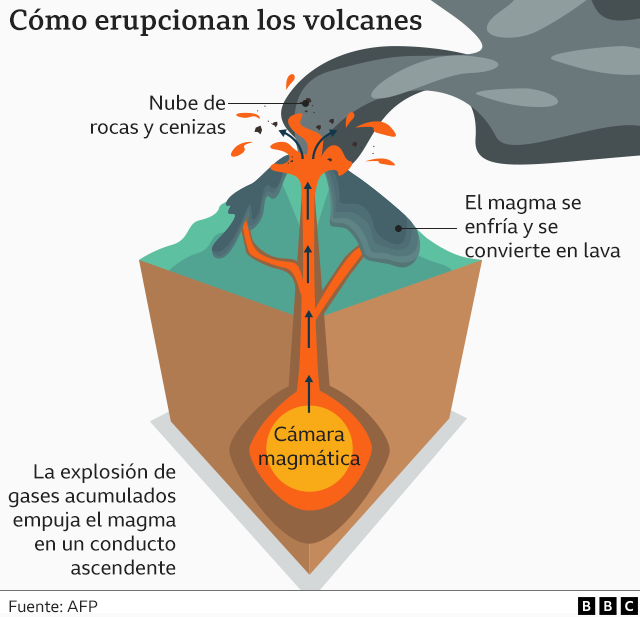
The magma then comes out of “fissures,” or fissures in the rock, on the side of the volcano and flows down the side of the mountain as a liquid called wash. It has a temperature of 1,000 degrees and burns everything in its path.
When volcanoes erupt, they also emit matter that cools to form shards of glass called “Pele’s hair“.
“Pele was the name of the goddess who was thought to live on Mauna Loa, and the fragments are wispy and golden brown in color,” Solana said.
“She was a temperamental blonde“, Add.
Why is the Mauna Loa eruption important?
Mauna Loa has entered erupted 33 times since 1843, which is the date of the first recorded eruption. On average, it is an eruption every 5 and a half years.
However, the last eruption was almost 40 years ago.
“There have been some signs of magma erupting in the last 10 years,” describes Andrew Hooper, Professor of Geophysics at the University of Leeds in the UK, “but there hasn’t been any eruption so far.”
The current eruption at Mauna Loa is giving a new generation of scientists the chance to study how the volcano works, says Professor Hooper.
“It will be interesting to see where the magma inside Mauna Loa is stored, where it stays between bursting out of the Earth’s mantle and coming out of the volcano’s surface,” he explains.
Is the Mauna Loa eruption dangerous?
Unlike many volcanoes, Mauna Loa usually does not produce truly explosive eruptionsin which lava is shot into the air along with plumes of ash and gas.
Instead, lava flows at a fairly slow rate down the side of the volcano.
“Lava flows are not life threatening”says Professor Hooper, “because you can get away from them.”
“Also, the lava from the volcano is not heading west toward the nearest cities, but rather northeast. It would have to travel a long way in that direction before causing serious property damage,” he said.
However, the local population may be more exposed to gases that emits Mauna Loa.
“Volcanic gases, including sulfur dioxide and chlorine, react with moisture in the air to produce ‘vog,’ which is volcanic fog” in English, explains Solana.
“This could cause a problem for people by irritating the eyes and causing respiratory problems,” he adds.
Hawaii health authorities say air quality remains good but could worsen at any time.
If so, local residents are advised to avoid outdoor activities and stay indoors with doors and windows closed.
Remember that you can receive notifications from BBC Mundo. Download the new version of our app and activate them so you don’t miss out on our best content.







